Coach Responsibilities
Coach Responsibilities
What risk management responsibilities do I have as a coach?
As a leader within the Special Olympics organization, you must take the steps necessary to protect yourself and your Program. Your goals would include the following.
- To maximize safety of athletes, volunteers and spectators
- To protect assets and reputation
- To transfer risk of financial loss through contracts and a quality insurance program
- To proactively manage claims to achieve fair settlement
As a coach, what supervisory planning am I responsible for?
Each coach needs to create a supervisory plan that includes assignments for assistant coaches and chaperones. The head coach should review each plan and provide clarification of responsibilities as needed. Some of the responsibilities of a coach include the following.
- Providing appropriate training time, instruction, conditioning and competition experiences
- Being familiar with trends in the sport
- Ensuring an appropriate venue: walk through the venue to become familiar with the medical support, rules compliance, etc.
- Familiarizing athletes with the venue surroundings and features
- Understanding athletes’ specific and unique health issues such as medications, illnesses, sensitivities or intolerances
- Coordinating transportation to and from training or competition
- Securing an on-site clothing change area that separates men and women
- Monitoring the physical and emotional condition of athletes
- Assisting with life skills for overnight situations
- Monitoring weather conditions that may affect athlete training, competition and travel to and from events
- Chaperoning special events such as dances and Opening or Closing Ceremonies
- Understanding Special Olympics and international governing bodies sport-specific rules
How does a coach conduct a sports program safely?
Preventing injuries to participants and spectators is a primary risk management objective. The participants and spectators at a Special Olympics event expect that the activity will be conducted in a reasonable and prudent manner. The Risk Management section of this resourcel provides guidelines to assist you in developing programs and techniques to reduce the risk of injury to athletes. Areas covered include:
- Preparation—Providing proper planning for each step of training and competition.
- Environment―Selecting an appropriate venue and using proper equipment.
- Instruction and Competition—Ensuring appropriate sport skills instruction for practice and competition.
- Athlete Group Composition―Matching according to strength, size and ability
- Athlete Assessment—Continually assessing each athlete for participation in appropriate activities within his/her ability.
- Supervision―Ensuring acceptable supervision and maintaining an adequate volunteer-to-athlete ratio.
- Inherent Dangers—Informing athletes of inherent risks associated with a specific sport.
- Emergency Action Plan―Establishing and using an emergency action plan that includes. procedures for emergency medical support, postponements, cancellation, communication and incident and accident reporting.
- Medical Assistance—Medical support is to be provided at all times. The greater the risk within an activity, the higher the level of medical support required.



